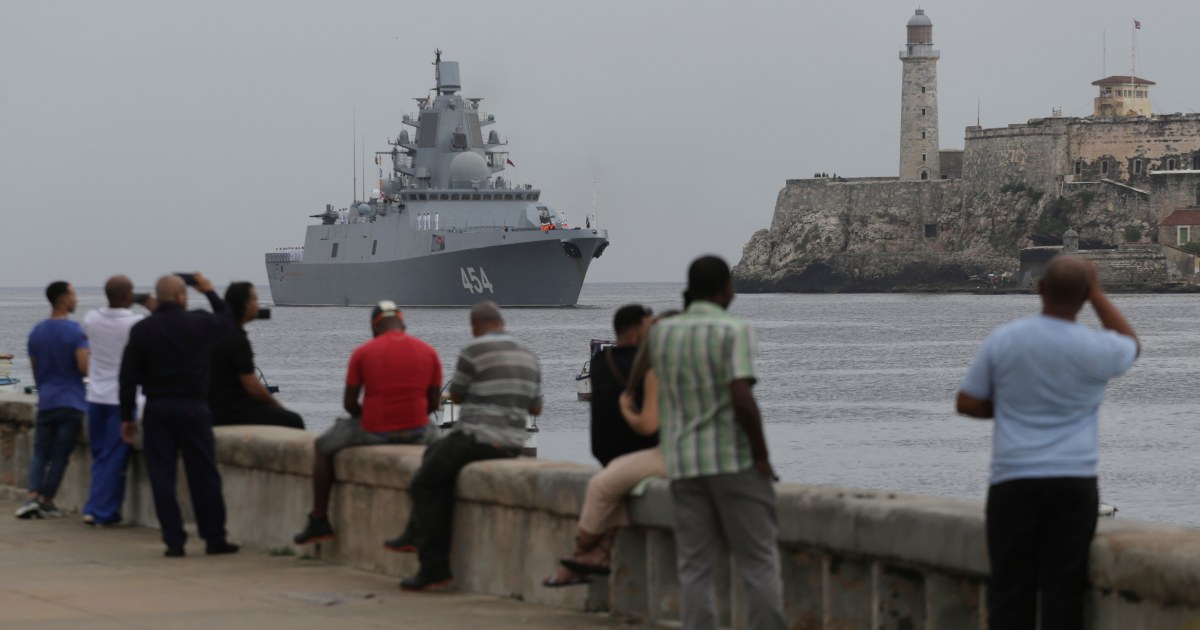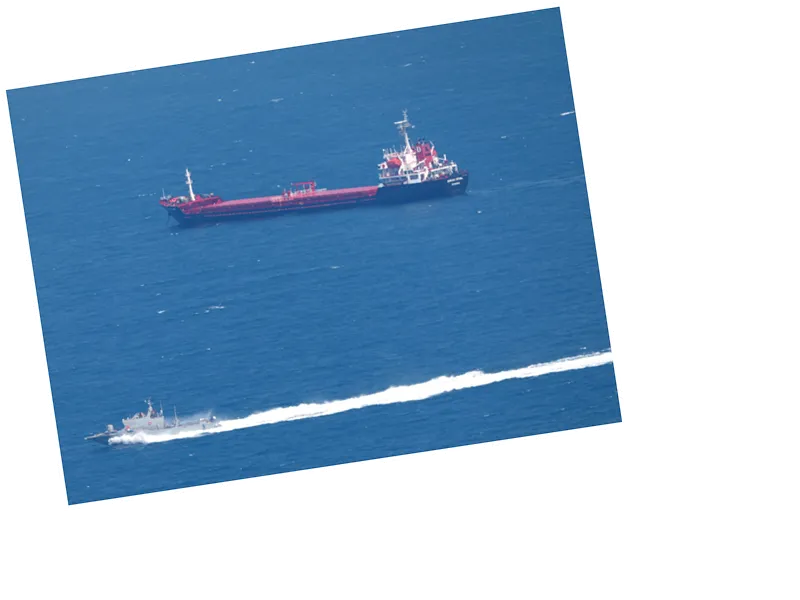Russian Naval Presence in Cuba Raises Global Tensions
Russian Navy warships, including a highly advanced frigate and a nuclear submarine, made a notable entry into Havana's port on Wednesday. This action follows their practice maneuvers in the Atlantic Ocean, closely monitored by the United States. The first vessels—a tanker and a tugboat—slowly crossed Havana Bay early in the morning, followed by a frigate which was welcomed with a 21-cannon salute by the Cuban military. Finally, a nuclear submarine completed the fleet's dramatic arrival.
The passage through Cuba of the fleet, comprising the frigate Gorshkov, the nuclear submarine Kazan, along with supporting ships Pashin and Nikolai Chiker, reflects an escalating geopolitical tension. The Cuban Foreign Ministry had confirmed the docking would occur between June 12 and 17. The previous day, the Russian Ministry of Defense reported that these Northern Fleet ships were engaged in Atlantic maneuvers simulating missile attacks on distant maritime targets. This followed reports of the US administration under Joe Biden stating they would closely monitor these maneuvers, despite not perceiving them as offensive.
Geopolitical Implications and Historical Context
Experts like Ryan Berg from the Center for Strategic & International Studies highlighted the geopolitical implications of such a move. Berg noted that Latin America and the Caribbean are seen as strategic spheres of influence by Russia, countering American power in Europe. The arrival of these ships demonstrates Russia's capacity to project power in the Western Hemisphere, thereby ensuring high alertness within the US military.
Jake Sullivan, the US National Security Advisor, acknowledged the recurring pattern of Russian naval deployments to Cuba over the past administrations. These moves serve as provocative reminders of Russia's capability to reach significant US-influenced regions. The arrival coincides with Cuban Foreign Minister Bruno Rodríguez's official visit to Moscow, where he met with Russian Foreign Minister Sergei Lavrov. This meeting reaffirms Moscow's ideological and economic support for Cuba, particularly in the face of US sanctions and other crises.
US and Canadian Surveillance
Notably, US and Canadian warships have closely monitored the Russian fleet en route to Cuba. According to Newsweek, maritime and air tracking data indicated that the US deployed vessels including the CG Stone, destroyers USS Truxtun and USS Donald Cook, and the Canadian frigate HMCS Ville de Quebec, accompanied by a P-8A Poseidon aircraft. This aircraft, renowned for its submarine tracking capabilities, underscores the significance of the surveillance operation.
- The geopolitical visit of the Russian fleet comes at a time of heightened global tensions, underscored by Russia's strategic actions and responses from Western powers. Observers have noted that the timing of the visit and the exercises conducted by the fleet could be interpreted as a show of strength amid ongoing US-Russia relations and disputes.
- In addition to geopolitics, the economic aspect cannot be overlooked. Russia’s support for Cuba amidst its economic struggles due to US sanctions and the aftereffects of the COVID-19 pandemic solidifies a relationship that goes beyond military interests. Lavrov's reassurances underline the multifaceted support Moscow extends to its allies.






